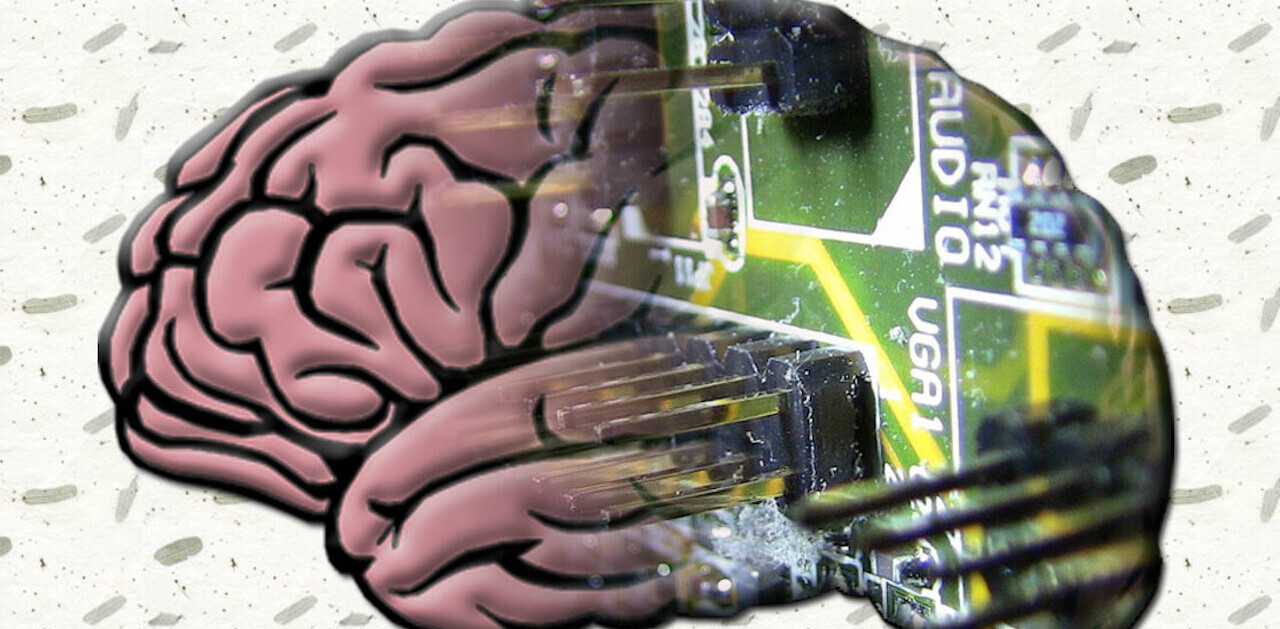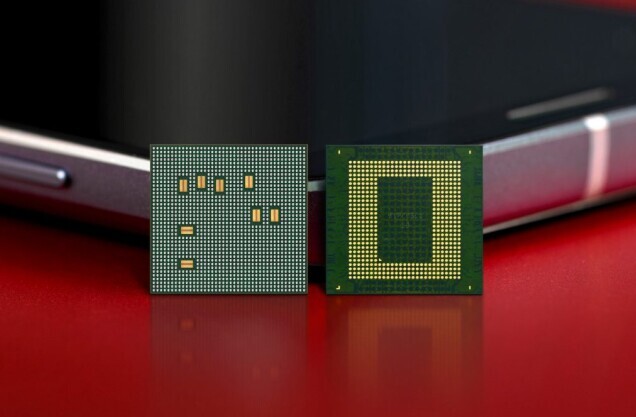
One of the ways you can tell that a new technology is still at the hype stage is that no one talks about its problems. When an innovation is rising towards the ‘peak of inflated expectations,’ people talk about it in hushed tones as something almost miraculous — and they hardly ever discuss the obstacles to adoption or the challenges that the new technology will bring.
Last year, it seemed that people were appending the hallowed initials A.I. to every conceivable offering, much like they did with IoT and cloud in past years. The good news is that people are starting to think much more critically about AI and, as a result, are starting to recognize and talk about these challenges.
So, if 2019 was the year that artificial intelligence (AI) started living up to its hype, 2020 will be about discussing and, of course, solving the key challenges that increasingly widespread AI adoption has revealed.
And some of these challenges are difficult and intractable indeed, not least how we can make AI available to every organization and how we can solve the thorny ethical problems that such a powerful technology presents to humanity. Here, then, are what I believe to be the most important developments in the field of AI in the year ahead.
Birth of the ‘AI ethicist’
As we entrust more parts of our working and personal lives to AI-powered applications, the ethics of AI is becoming an increasingly important consideration.
One of the most important ethical questions is about intention — for example, where, when and how AI interacts with the analogue reality that we have all been accustomed to live in. Who is going to decide what is the right playing field and what constitutes acceptable or unacceptable uses of AI.
Regulators and legislators are trying to define and control the degrees of freedom, but they are working at analogue speeds. We need faster answers to questions that we’re already facing today.
In 2020, we will start to see enterprises employ people or even teams of people whose main role will be to formulate the ethics of our new AI-powered world. These AI Ethicists will need to liaise with the ecosystem of affiliated AI entities and gradually create, from the bottom up, the rules and conditions that will define the field of play.
5G as a catalyst
If we’re all to enjoy the benefits of AI, we need an infrastructure technology that will enable end users to live, work and interact in the cloud. Future AI applications — and indeed current ones — require vastly increased speeds together with location-agnostic access and minimal latency, which is exactly what 5G will bring.
It’s not hyperbole to suggest that 5G will be the key catalyst for a revolution in the way we experience reality. Truly connected homes and workspaces; advanced, telematics-enabled healthcare services, and “almost real” (VR / AR) interactive experiences – these are only a few of the ways where 5G could easily become the highway to the adoption of AI technologies from all industries, functions, and users.
AI-as-a-Service
It had to come, didn’t it? Today it seems like everything is available as-a-Service (including, bizarrely, Proof of Concept-as-a-Service). But let’s not mock, because this model has genuinely revolutionized the way that organizations procure technology, bringing enterprise-grade tech within the ambit of even the smallest company.
What’s so exciting about AI-as-a-service is not just that the huge economies of scale will make the technology available to every organization that wants to use it. It will also give us the much-missed ability to harness all the infrastructure, platforms, and knowledge towards creating real and sustainable value.
Solutions center stage
It used to be products and vendors that accelerated value. With AI, however, it will be the solutions themselves, since they will provide holistic approaches to resolving burning business questions rather than today’s piecemeal approach.
From 2020, businesses will use methodologies for best of breed, more cost-efficient of breed, or even open source ways of answering the key questions facing their organization. These solutions will focus on four categories:
- ML for the masses — Data augmentation and data-healing techniques to enable the creation of test sets, allowing for insightful outcomes upon choosing the right algorithm
- Customer-centric analytics — Utilizing AI to “translate” data rich journey touchpoints to humanly-digestible experiences in an easy, UX friendly way
- Smart X / Smart Everything — Leveraging IoT technologies to enhance real experiences
- Higher degree automation — RPA and machine-to-machine automation that identifies and prioritizes holistic reactive and proactive value creation across entire value chains
Of course, this can only scratch the surface of how AI will evolve in the coming twelve months. And that’s the fun of moving past the hype into the often challenging but ultimately incredibly rewarding world where AI powers everything.
Get the TNW newsletter
Get the most important tech news in your inbox each week.




